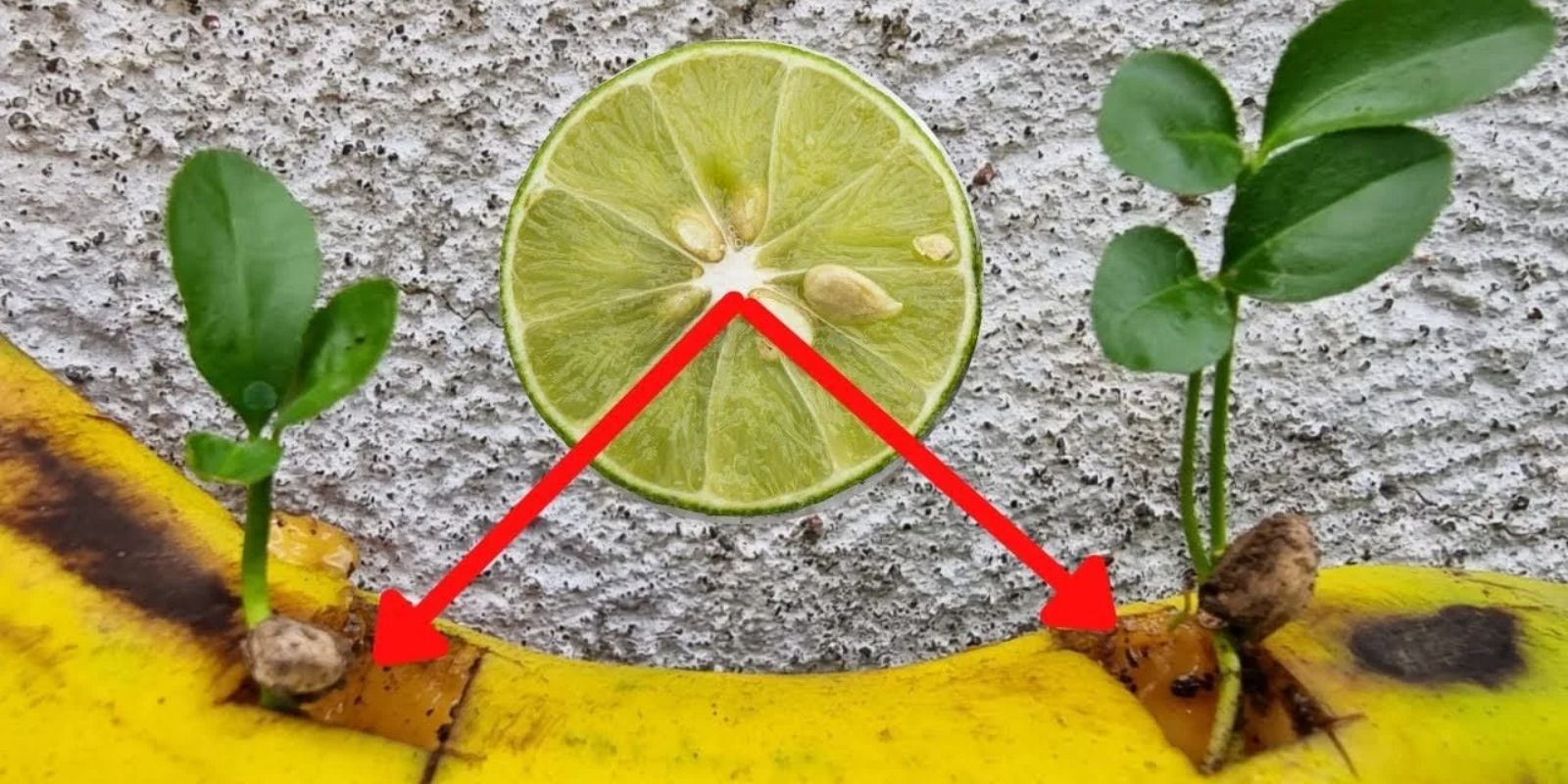Introduction
Gardening enthusiasts are always on the lookout for new and innovative ways to grow plants. While some methods are well-documented, others come from the world of experimental gardening—an area where creativity meets nature. One such fascinating technique involves piercing a banana and adding lemon seeds. Though it might sound a bit unconventional, this method has intrigued gardeners for its simplicity and potential benefits. In this article, we’ll delve into the science behind this method, the step-by-step process, and why you might want to give it a try.
The Science Behind the Banana and Lemon Seed Experiment
At first glance, the idea of combining a banana and lemon seeds might seem odd. However, the concept is rooted in the idea of using the banana as a nutrient-rich medium to promote seed germination. Bananas are known for their high potassium content, which is beneficial for plant growth. When you insert lemon seeds into the banana and plant the combination in soil, the nutrients from the banana are gradually released into the soil as it decomposes. This provides the seeds with a nutrient-dense environment, which can potentially enhance germination and early growth.
Moreover, bananas also contain trace amounts of phosphorus and calcium—essential elements that contribute to strong root development and overall plant health. By using a banana as a “natural fertilizer,” you’re essentially creating a mini greenhouse effect for the lemon seeds, giving them a head start in the germination process.
Step-by-Step Guide to the Banana and Lemon Seed Method
- Gather Your Materials
- A ripe banana (it should be slightly soft to the touch but not overly mushy)
- Fresh lemon seeds (make sure they’re clean and dry)
- A sharp knife or skewer
- A pot with well-draining soil
- Watering can
- Prepare the Banana Start by selecting a ripe banana. The banana should be ripe enough to easily insert the seeds, but not so ripe that it will disintegrate when handled. Using a knife or skewer, make several small incisions along the length of the banana. The holes should be deep enough to hold the lemon seeds securely.
- Insert the Lemon Seeds Take the clean, dry lemon seeds and gently insert them into the holes you made in the banana. Ensure that the seeds are pushed in deep enough so they are in contact with the banana’s flesh, as this will help them absorb the nutrients more effectively.
- Plant the Banana Fill a pot with well-draining soil. Dig a hole deep enough to accommodate the banana, ensuring it is fully covered by the soil. Place the banana with the inserted seeds into the hole and cover it with soil, leaving about an inch of soil above the banana.
- Water and Care for the Planting Water the soil thoroughly after planting to help the banana start decomposing and release its nutrients. Place the pot in a warm, sunny location, as lemon seeds require warmth and sunlight to germinate. Keep the soil moist but not waterlogged—overwatering can lead to rot, which would hinder the germination process.
- Observe and Wait Over the next few weeks, keep an eye on your pot. The banana will gradually decompose, releasing nutrients into the soil that the lemon seeds can use for growth. With the right conditions, you should start to see sprouts emerging from the soil.
Why This Method Is Worth Trying
There are several reasons why this gardening experiment is worth a shot, especially if you’re interested in exploring new techniques:
- Nutrient Boost: The banana serves as a natural fertilizer, providing the lemon seeds with essential nutrients during their critical germination phase. This can lead to stronger, healthier seedlings.
- Sustainability: Instead of relying on synthetic fertilizers or chemical treatments, this method uses organic materials that are readily available and eco-friendly.
- Cost-Effective: Bananas and lemon seeds are inexpensive and commonly found in most households. This makes the method accessible to gardeners of all levels, from beginners to experts.
- Curiosity and Innovation: Gardening is as much about discovery as it is about growing plants. Trying out new methods like this one can add an element of fun and experimentation to your gardening routine.
Tips for Success
While the banana and lemon seed method is relatively straightforward, there are a few tips that can help increase your chances of success:
- Use fresh seeds: Ensure that the lemon seeds you’re using are fresh. Older seeds may have reduced viability, which can affect their ability to germinate.
- Monitor moisture levels: It’s important to keep the soil moist, but not too wet. Overwatering can cause the banana to decompose too quickly, leading to potential mold growth or rot.
- Patience is key: Seed germination can take time, especially when experimenting with unconventional methods. Give your seeds ample time to sprout, and don’t get discouraged if they take a little longer than expected.
Conclusion
Gardening is a journey filled with trials, errors, and unexpected successes. The banana and lemon seed experiment is one such journey—a simple, cost-effective way to explore the wonders of plant growth. By using a banana as a natural nutrient source, you can give your lemon seeds a boost that could lead to healthier plants and a more rewarding gardening experience. Whether you’re a seasoned gardener or just starting out, this method is an exciting opportunity to try something new and potentially discover a unique way to grow plants.
Ready to see the results for yourself? Give this method a try and share your experience with fellow gardeners. You might just inspire others to experiment with their own gardening techniques!

